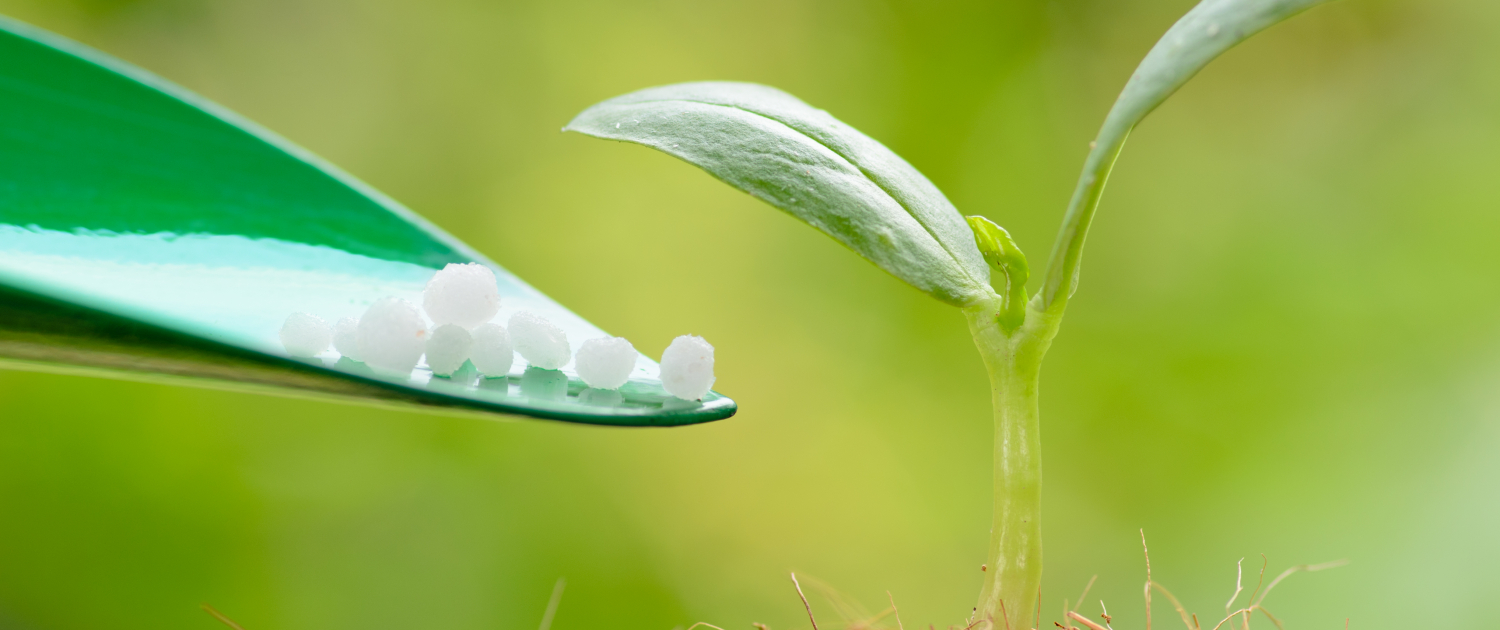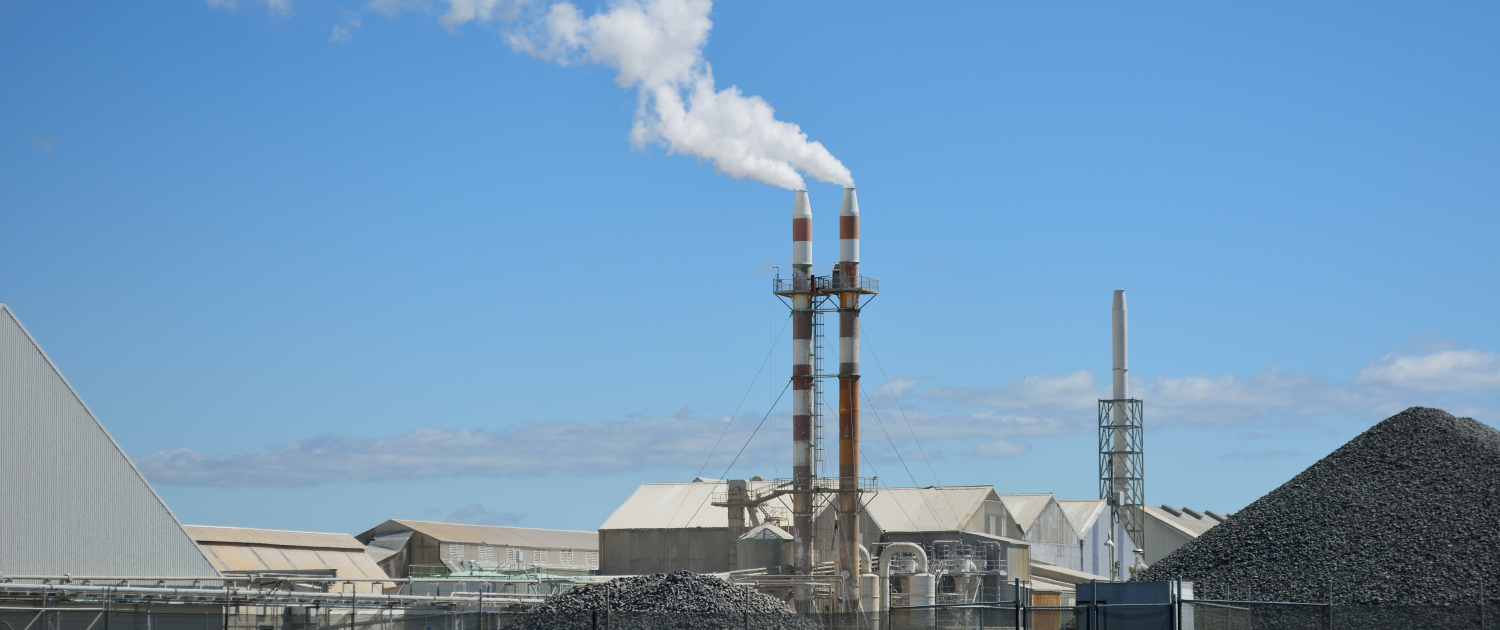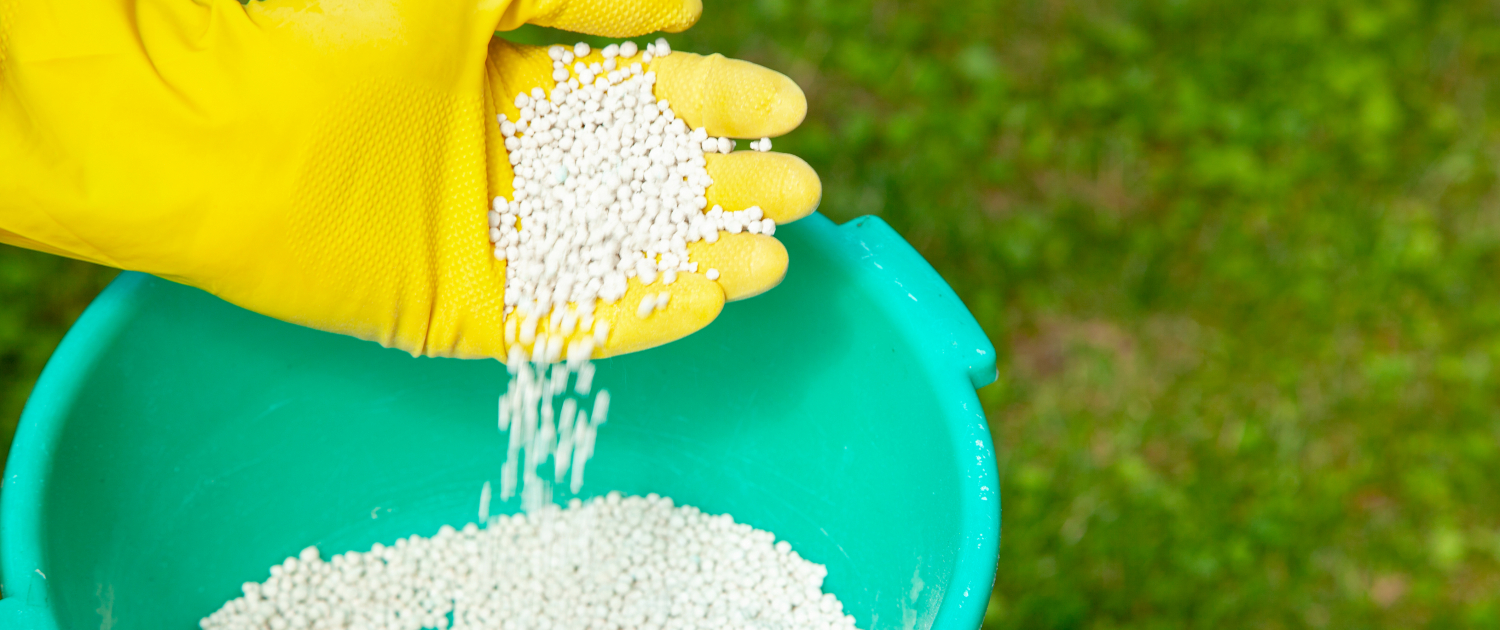OUR FERTILIZER MANUFACTURING TECHNOLOGY
Fertilizer is a substance added to soil to improve plants’ growth and yield. First used by ancient farmers, fertilizer technology developed significantly as the chemical needs of growing plants were discovered. Modern synthetic fertilizers are composed mainly of nitrogen, phosphorous, and potassium compounds with secondary nutrients added. The use of synthetic fertilizers has significantly improved the quality and quantity of the food available today.
Fertilizers replace the chemical components that are taken from the soil by growing plants. However, they are also designed to improve the growing potential of soil, and fertilizers can create a better growing environment than natural soil. They can also be tailored to suit the type of crop that is being grown. Typically, fertilizers are composed of nitrogen, phosphorus, and potassium compounds. They also contain trace elements that improve the growth of plants.
The primary components in fertilizers are nutrients which are vital for plant growth. Plants use nitrogen in the synthesis of proteins, nucleic acids, and hormones. When plants are nitrogen deficient, they are marked by reduced growth and yellowing of leaves. Plants also need phosphorus, a component of nucleic acids, phospholipids, and several proteins. It is also necessary to provide the energy to drive metabolic chemical reactions. Without enough phosphorus, plant growth is reduced. Potassium is another major substance that plants get from the soil. It is used in protein synthesis and other key plant processes. Yellowing, spots of dead tissue, and weak stems and roots are all indicative of plants that lack enough potassium.
Calcium, magnesium, and sulphur are also important materials in plant growth. They are only included in fertilizers in small amounts, however, since most soils naturally contain enough of these components. Other materials are needed in relatively small amounts for plant growth. These micronutrients include iron, chlorine, copper, manganese, zinc, molybdenum, and boron, which primarily function as cofactors in enzymatic reactions. While they may be present in small amounts, these compounds are no less important to growth, and without them plants can die.
Many different substances are used to provide the essential nutrients needed for an effective fertilizer. These compounds can be mined or isolated from naturally occurring sources. Examples include sodium nitrate, seaweed, bones, guano, potash, and phosphate rock. Compounds can also be chemically synthesized from basic raw materials. These would include such things as ammonia, urea, nitric acid, and ammonium phosphate. Since these compounds exist in a number of physical states, fertilizers can be sold as solids, liquids, or slurries.
FERTILIZER MATERIAL
The fertilizers outlined here are compound fertilizers composed of primary fertilizers and secondary nutrients. These represent only one type of fertilizer, and other single nutrient types are also made. The raw materials, in solid form, can be supplied to fertilizer manufacturers in bulk quantities of thousands of tons, drum quantities, or in metal drums and bag containers.
Primary fertilizers include substances derived from nitrogen, phosphorus, and potassium. Various raw materials are used to produce these compounds. When ammonia is used as the nitrogen source in a fertilizer, one method of synthetic production requires the use of natural gas and air. The phosphorus component is made using sulphur, coal, and phosphate rock. The potassium source comes from potassium chloride, a primary component of potash.
Secondary nutrients are added to some fertilizers to help make them more effective. Calcium is obtained from limestone, which contains calcium carbonate, calcium sulphate, and calcium magnesium carbonate. The magnesium source in fertilizers is derived from dolomite. Sulphur is another material that is mined and added to fertilizers. Other mined materials include iron from ferrous sulfate, copper, and molybdenum from molybdenum oxide.
FERTILIZER MANUFACTURING PROCESS BY SYNOPSIS CHEMITECH
We provide fertilizer manufacturing plant based on EPC turnkey project. fully integrated factories to be designed to produce compound fertilizers will be depending on the actual composition of the end product, Synopsis Chemitech provide the fertilizer manufacturing process will differ from manufacturer to manufacturer.
FERTILIZER MANUFACTURING PROCESS 1 – Nitrogen fertilizer component (N) and Nitrogen fertilizers with inhibitors
For nitrogen-based fertilizers, the largest product group, the process starts by mixing nitrogen from the air with hydrogen from natural gas at high temperature and pressure to create ammonia. Approximately 60% of the natural gas is used as raw material, with the remainder employed to power the synthesis process.
The ammonia is used to make nitric acid, with which it is then mixed to produce nitrate fertilizers such as ammonium nitrate (AN). Ammonia may also be mixed with liquid carbon dioxide to create urea. Both these products can be further mixed together with water to form UAN (urea ammonium nitrate) solution.
Ammonia is one nitrogen fertilizer component that can be synthesized from in-expensive raw materials. Since nitrogen makes up a significant portion of the earth’s atmosphere, a process was developed to produce ammonia from air. In this process, Fertilizer natural gas and steam are pumped into a large vessel. Next, air is pumped into the system, and oxygen is removed by the burning of natural gas and steam. This leaves primarily nitrogen, hydrogen, and carbon dioxide. The carbon dioxide is removed and ammonia is produced by introducing an electric current into the system. Catalysts such as magnetite (Fe3O4) have been used to improve the speed and efficiency of ammonia synthesis. Any impurities are removed from the ammonia, and it is stored in tanks until it is further processed.
While ammonia itself is sometimes used as a fertilizer, it is often converted to other substances for ease of handling. Nitric acid is produced by first mixing ammonia and air in a tank. In the presence of a catalyst, a reaction occurs which converts the ammonia to nitric oxide. The nitric oxide is further reacted in the presence of water to produce nitric acid.
Nitric acid and ammonia are used to make ammonium nitrate. This material is a good fertilizer component because it has a high concentration of nitrogen. The two materials are mixed together in a tank and a neutralization reaction occurs, producing ammonium nitrate. This material can then be stored until it is ready to be granulated and blended with the other fertilizer components.
FERTILIZER MANUFACTURING PROCESS 2 – Phosphorous fertilizer component (P)
PHOSHPORUS (P) Phosphorus-based fertilizers are produced from mined ores. Phosphate rock is primarily treated with sulphuric acid to produce phosphoric acid, which is either concentrated or mixed with ammonia to make a range of phosphate (P2O5) fertilizers.
To isolate phosphorus from phosphate rock, it is treated with sulfuric acid, producing phosphoric acid. Some of this material is reacted further with sulfuric acid and nitric acid to produce a triple superphosphate, an excellent source of phosphorous in solid form.
Some of the phosphoric acid is also reacted with ammonia in a separate tank. This reaction results in ammonium phosphate, another good primary fertilizer.
The most common phosphate fertilizers are single superphosphate (SSP), triple superphosphate (TSP), monoammonium phosphate (MAP), di-ammonium phosphate (DSP) and ammonium polyphosphate liquid.
Different fertilizer products have different release profiles, synopsis chemitech able to provide our special fertilizer manufacturing process to meet client’s requirements.
FERTILIZER MANUFACTURING PROCESS 3 – Potassium fertilizer component (K)
Potassium is the third major plant and crop nutrient. Potassium-based fertilizers are also produced from mined ores. Several chemical processes can be used to convert the potash rock into plant food, including potassium chloride, sulphate and nitrate.
Potassium is also available in a range of fertilizers which contain potassium only or two or more nutrients and include Potassium chloride (KCl), Potassium sulphate (K2SO4) or sulphate of potash (SOP), Potassium nitrate (KNO3), known as KN.
Potassium chloride is typically supplied to fertilizer manufacturers in bulk. We support the manufacturer converts it into a more usable form by granulating it. This makes it easier to mix with other fertilizer components in the next step.
FERTILIZER MANUFACTURING PROCESS 4 – Calcium, magnesium and sulphur Fertilizers
Calcium (Ca), magnesium (Mg) and sulphur (S) are essential secondary plant nutrients. They are not usually applied as straight fertilizers but in combination with the primary nutrients N, P, and K.
Sulphur is often added to straight N fertilizers such as ammonium nitrate or urea. Other sulphur sources are single superphosphate (SSP), potassium sulphate (SOP) and potassium magnesium sulphate (Kainite), the latter also containing magnesium.
Kieserite is a magnesium sulphate mineral that is mined and also used as fertilizer in agriculture, mainly to correct magnesium deficiencies. Calcium is mainly applied as calcium nitrate, gypsum (calcium sulphate) or lime/dolomite (calcium carbonate), of which calcium nitrate is the only readily plant available source of calcium.
FERTILIZER MANUFACTURING PROCESS 5 – Micronutrient fertilizers and Inhibitors
Our fertilizer manufacturing process also includes special fertilizers, its available to supply plants with important micronutrients such as iron, manganese, boron, zinc and copper. These can be either inorganic or organic compounds, with the inorganic varieties further divided into water-soluble and non-soluble products.
There are two major technologies of inhibitors manufacturing process available from us.
Nitrification inhibitors are chemical compounds that delay the nitrification of ammonium by suppressing the activity of nitrosomonas bacteria in the soil. The objective is to preserve the ammonium in its soil-stable form and slow its conversion to nitrate. This temporarily reduces the proportion of nitrate in the soil, and thus the potential for leaching losses into water or the formation of N2O gas in the atmosphere.
Urease inhibitors are chemical compounds that delay the first step of degradation of urea in the soil, the hydrolysis that can create NH3 emissions and which may occur before its transformation to ammonium. They contribute to reducing significantly ammonia emissions to the air, one of the major air pollutants.
FERTILIZER MANUFACTURING PROCESS 6 – General description
To produce fertilizer in the most usable form, each of the different compounds, ammonium nitrate, potassium chloride, ammonium phosphate, and triple superphosphate are granulated and blended together. One method of granulation involves putting the solid materials into a rotating drum which has an inclined axis. As the drum rotates, pieces of the solid fertilizer take on small spherical shapes. They are passed through a screen that separates out adequately sized particles. A coating of inert dust is then applied to the particles, keeping each one discrete and inhibiting moisture retention. Finally, the particles are dried, completing the granulation process.
The different types of particles are blended together in appropriate proportions to produce a composite fertilizer. The blending is done in a large mixing drum that rotates a specific number of turns to produce the best mixture possible. After mixing, the fertilizer is emptied onto a conveyor belt, which transports it to the bagging machine.
Fertilizers are typically supplied to farmers in large bags. To fill these bags the fertilizer is first delivered into a large hopper. An appropriate amount is released from the hopper into a bag that is held open by a clamping device. The bag is on a vibrating surface, which allows better packing. When filling is complete, the bag is transported upright to a machine that seals it closed. The bag is then conveyored to a palletizer, which stacks multiple bags, readying them for shipment to distributors, storage and eventually to farmers.





